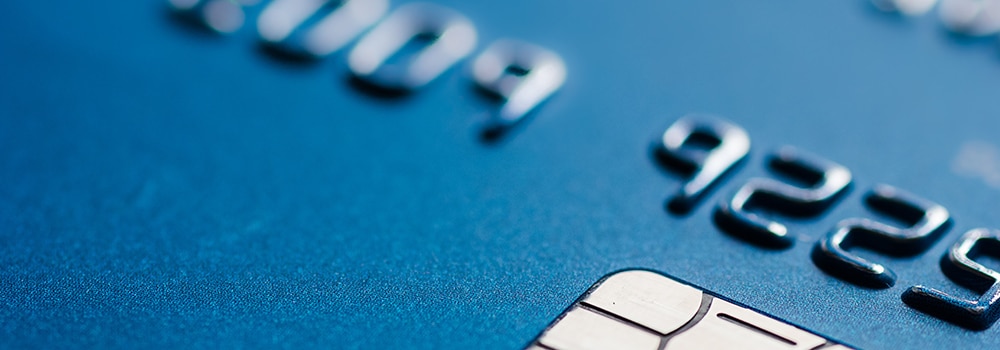Menu
Login
- SOLUTIONS
-
-
FRANCHISEES
-
FRANCHISORS
PARTNER VENDORS
-
-
-
- MARKETPLACE
- RESOURCES
- ABOUT
- SCHEDULE A DEMO
-

Do your stores take EMV chip cards? If not, what's holding you back? Sure, the cost of adding chip reader technology is a consideration, but so is the potential cost of not changing.
In fact, if you haven’t properly secured your payment system to support EMV cards, your restaurant could be held liable by banks and other payment processors in case of any fraudulent credit card charges. It's called the EMV liability shift, and the U.S. is the last of the major markets to make the transition. Although your restaurant isn’t required by law to be EMV compliant, the decision not to comply could be costly to your business. So, what is EMV compliance, and what do you need to know about EMV technology? Let’s take a look.
Those are the three credit card companies that developed EMV. The technology helps in the use of debit and credit cards with microprocessor chips that protect the cardholder’s data. EMV-compliant cards are meant to replace magstripe cards that are vulnerable to fraud. To become compliant, you need an updated payment processor and POS system to process payments from these cards.
Traditional magstripe cards only require a swipe and a signature to complete a transaction. On the other hand, EMV cards are embedded with a microprocessor chip that verifies the card when used with a compatible chip reader. Cardholders can only complete a transaction after they insert their card into the chip reader and enter their pin or signature to verify their card ownership — all without ejecting the card from the reader. The two-factor authentication process provides additional protection against fraud. The extra security also makes it difficult for criminals to make use of a stolen or counterfeit card.
While your current system is Payment Card Industry Data Security Standard-compliant, your restaurant will be liable for any fraudulent transactions that arise at your store if you haven’t yet upgraded to a system that accepts EMV cards. This is because PCI compliance and EMV address different security measures. PCI compliance helps protect consumer data after a transaction has already been initiated, while EMV verifies that the card being used isn’t stolen or a counterfeit. To protect your business, you will need to upgrade to a payment system that meets EMV regulations.
Not all customers that walk into your restaurant will have updated, EMV-enabled credit cards. You don’t have to worry about this as long as you have already switched to EMV technology. EMV-compatible machines are set to accept traditional magstripe cards, too. Therefore, you will still be able to process a transaction for guests who don’t have an EMV card. However, after implementing the technology, your restaurant won’t be responsible for any fraud-related losses from swiped transactions. The liability will remain with the bank.
A single EMV transaction is estimated to take from 5 to 10 seconds. However, this new payment system will affect your payment flow including tips and restaurant checks. As a QSR operator, you won’t be able to return a card to a guest before completing the transaction. However, you can minimize slow-down by providing quality staff education. This means that your managers and servers need to know how switching to the EMV chip reader technology will affect the restaurant and be able to counsel customers that get confused after using their cards for the first time. Need a little assistance? American Express provides financial and educational assistance for adding EMV technology.
Different POS systems offer different hardware, and not all EMV chip readers are equal. So, you'll have a slew of options to choose from when selecting an EMV reader. Consider getting a lightweight, mobile EMV chip reader that can accept magstripe, chip-and-pin, and chip-and-signature EMV transactions.
So how do you switch to EMV? You can easily become bogged down by complicated information, but as a QSR operator, there are two main ways you can prepare for EMV:
Over the last few years, Americans have grown accustomed to inserting their EMV cards into chip readers when making payments. However, they don’t have this option everywhere because most restaurants haven’t yet adopted the chip reader technology. This may be putting your business at risk and it’s high time you switched to EMV technology.
PAR OPS' blog on operational strategies to grow your business faster.
Everything You Need to Know About Hiring & Retaining Teenagers During the 2021 Labor Crisis
Nickels and Dimes: 4 QSR Operational Money-Savers You Likely Haven’t Tried Yet
QSR Loss Prevention: 4 Ways to Prevent and React to Employee Theft